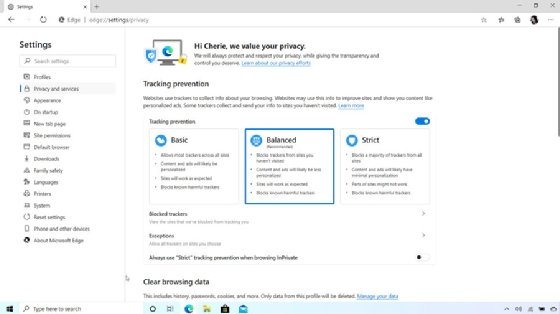
Fotolia
Microsoft crowdsources notifications for Edge
Microsoft wants the crowd to determine which notification requests are seen in Edge. The company has introduced a system to show useful notifications and hide annoying ones.
Microsoft has turned to the crowd to determine which notifications in the Edge browser are vital, and which users could do without.
The company announced this week that it has introduced what it calls "adaptive notification requests" in the latest version of Edge.
The new method uses a scoring system based on how users respond to pop-up requests that inform workers when a certain site wants to show them notifications and provides the option to allow or block them. If a lot of people respond negatively to a site's requests -- by clicking "block," ignoring the pop-up or clicking "x" on the prompt -- the browser will hide requests from that site.
"This should be a strong motivator for sites to follow best practices and request notifications when they think users are most likely to accept," the Edge team wrote in a blog post.
This change is Microsoft's most recent attempt to deal with the notification problem. An earlier version of Edge "quieted" the requests by default, meaning workers saw only a small bell in the browser's address bar when a site asked for permission to display notifications.
Microsoft said that solution proved overly broad. The company received fewer complaints about unwanted pop-ups, but it also heard from customers who didn't know how to enable notifications for sites they liked.
The new method is Microsoft's attempt to find balance: Workers can still silence notification requests by default, by going to the browser's settings page.
Zeus Kerravala, founder of ZK Research, said Microsoft chose an interesting way to deal with a vexing problem.
"These website notifications have become a plague on the modern internet," he said.

Edge has gained ground since it launched in January 2020, but it faces an uphill battle in the browser wars. StatCounter figures claim Edge has a 3.24% share of the market. Chrome is the leading browser, at 63.63%, while Safari is second with 19.37%.
This is the kind of feature that could help lure users from Google's browser, Kerravala said. While Chrome does have options to block notification requests, it does not have a crowdsourced system akin to Microsoft's.
"They've chased Google for a long time," he said. "This is something, finally, that differentiates [them]."
Mike Gleason is a reporter covering end-user computing topics such as desktop management. He previously covered communities in the MetroWest region of Massachusetts for the Milford Daily News, Walpole Times, Sharon Advocate and Medfield Press. He has also worked for newspapers in central Massachusetts and southwestern Vermont and served as a local editor for Patch. He can be found on Twitter at @MGleason_TT.







